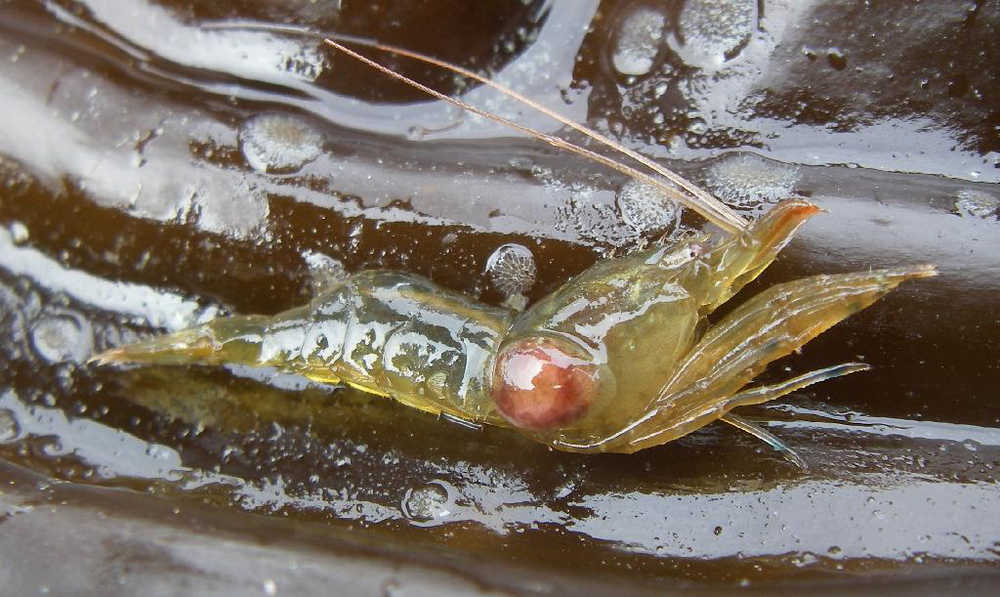Isopods (or sowbugs or pillbugs) are crustaceans; some live independently and others are parasitic. When a bopyrid egg hatches, the sexually undifferentiated (neither male nor female) larva may parasitize an intermediate host, such as a copepod, but in the next phase of its life, it latches on to a shrimp, squat lobster, or crab. Although some species attach to the abdomen of the host, others move inside the host’s body. There the parasite develops into a female, feeding on the blood of the host and making a large lump on the host’s side. A subsequently arriving bopyrid of that species, attracted by the female’s pheromones, attaches to the female and becomes a miniscule, barely visible male. A male fights off further arrivals, so each host supports only one mated pair of bopyrids. A female broods her numerous eggs until they hatch.
• Mary F. Willson is a retired professor of ecology.

